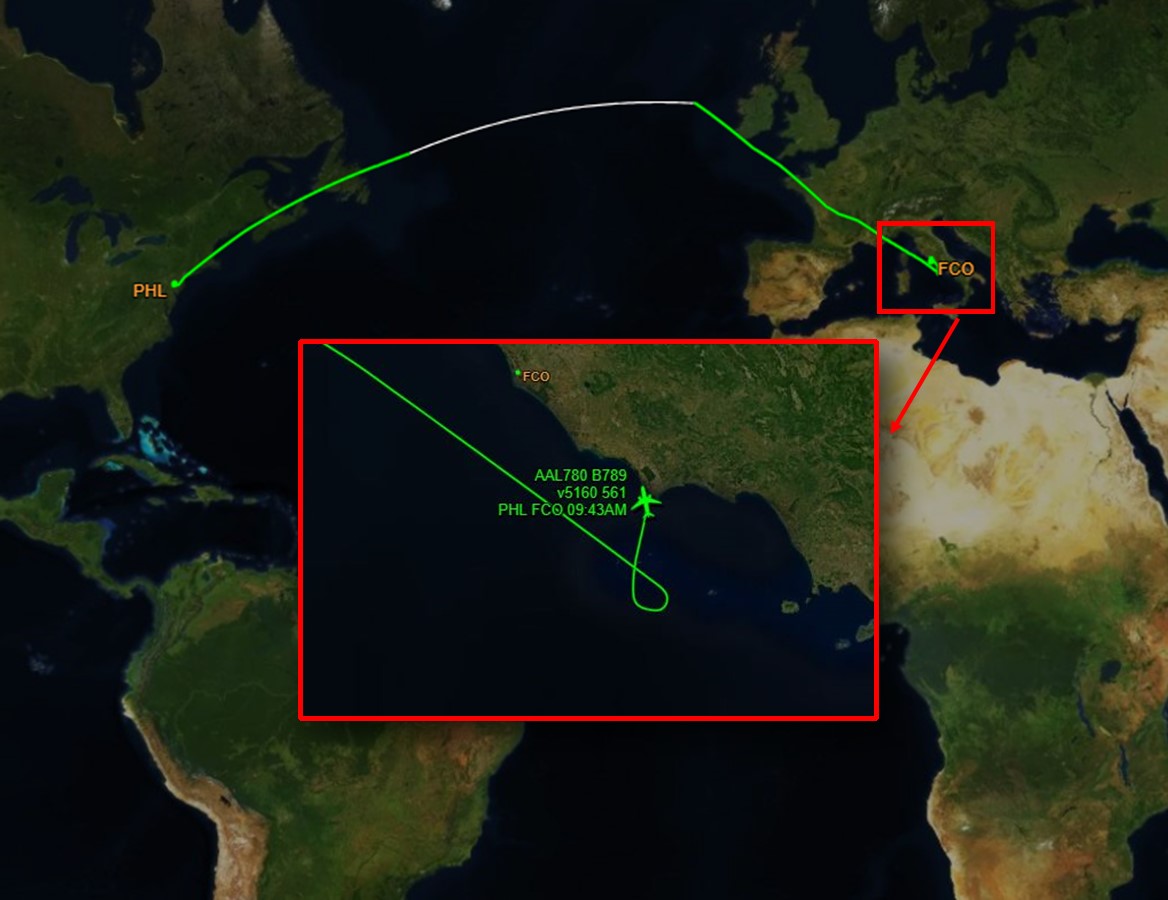Duties and uncertainty brake growth. The IMF cuts growth estimates: GDP in Italy to +0.4% this year

In 2025 world grain will grow by 2.8% from 3.3% in 2024. Forecasts on the United States (+1.7%) and China 8+4%). Euro area in trouble (+0.8%). The alarm on debt
NEW YORK – The protectionist escalation triggered by the duties of American President Donald Trump, and global uncertainty brake world growth, warns the International Monetary Fund (IMF), which cuts the estimates of the World Economic Outlook. Global GDP will slow down from 3.3% of 2024 to 2.8% In 2025 and then trace back to 3% in 2026. This is a cumulative revision of 0.8 percentage points compared to January estimates, well below the historical average (2000–2019) of 3.7%. The clash on the duties then weighs for 0.5 points on the global growth of 2025 and for 0.3 points in 2026.
New estimates for countries
But in a commercial war they all lose. The new forecasts of the International Monetary Fund show a generalized weakening of growth among the main world economies. In the United States, GDP is expected to 1.8% in 2025, in marked decrease compared to the 2.7% scheduled in Januaryto then drop to 1.7% in 2026. The slowdown reflects the increase in internal political uncertainty, the growing commercial tensions and a weakening of domestic demand.
Also The euro area marks a step back: growth was revised 0.8% in 2025compared to the 1% indicated previously, and it is expected that it will only rise to 1.2% in 2026.
For Italy, the new estimates indicate modest growth: 0.4% in 2025, down from the previous 0.7, and 0.8% in 2026. Italian inflation is expected to 1.7% in 2025 and 2% in 2026, while the unemployment rate will be maintained at 6.7% stable. The balance of current matches should be at 0.9% of GDP.
For Italy, the new estimates indicate modest growth: 0.4% in 2025, down from the previous 0.7, and 0.8% in 2026. Italian inflation is expected to 1.7% in 2025 and 2% in 2026, while the unemployment rate will be maintained at 6.7% stable. The balance of current matches should be at 0.9% of GDP.
On the Asian front, China slows down: growth is now estimated at 4% both in 2025 and in 2026, with a cut of over half a point compared to previous estimates. India Instead, the main engine of global growth is confirmed, with A expected expansion at 6.8% in 2025 and 6.7% in 2026. Finally, Russia, after a recovery above the expectations in 2024, will slow down to 2.6% in 2025 and 2.15 in 2026, affected the persistent weight of international sanctions and new commercial barriers.
Because the economy is now more fragile
Unlike similar episodes in the past, The current increase in duties takes place in a globalized and interconnected economyin which most of the assets exchanged are intermediate components long chains of complex value. The unilateral imposition by the United States therefore has multiplier effects, which the IMF compares to those observed during the pandemic.
For the American economy, the fund provides for a loss of productivity due to the reallocation of resources towards less competitive sectors, combined with an increase in internal prices and a lower propensity for innovation. The partner economies, for their part, suffer a drop in external demand and greater financial instability.
Tax instability and debt risk
The fiscal monitor published together with the World Economic Outlook also launches a clear alarm: with the exacerbation of commercial tensions and global uncertainty, the trajectory of the world public debt worsens. According to new estimates, the global debt will increase by 2.8 percentage points in 2025, exceeding 95% of the world GDP and approaching the symbolic threshold of 100% by the end of the decade. In an adverse scenario, they could even reach 117% of GDP by 2027: a level never seen from the Second World War.
The IMF warns that tax tensions are aggravated by the increase in returns in advanced countries and by the expansion of spreads in emerging markets. The new expenses – in particular for defense and social protection – are exercising growing pressure on public budgets. In countries with limited margins, each new commitment must be accompanied by compensatory cuts or an increase in revenue, in order not to compromise the sustainability of the debt, warns.
The fund therefore recommends credible, transparent and targeted tax strategies. Aid to families or companies affected by structural changes and commercial duties should be temporary, well targeted and subject to automatic deadlines. Advanced countries will have to face demographic aging reforming pensions and healthcare, while emerging ones will have to expand the tax base and strengthen the collection of internal revenues.
Parallel, the new narrow of the global financial conditions e the increase in volatility on equity, currency and bond markets The most vulnerable countries are already hitting. « The weaker growth combination, higher interest rates and pressure on changes is increasing the risks of refinancing, in a context in which many deadlines approach », reads the Global Financial Stability Report.








